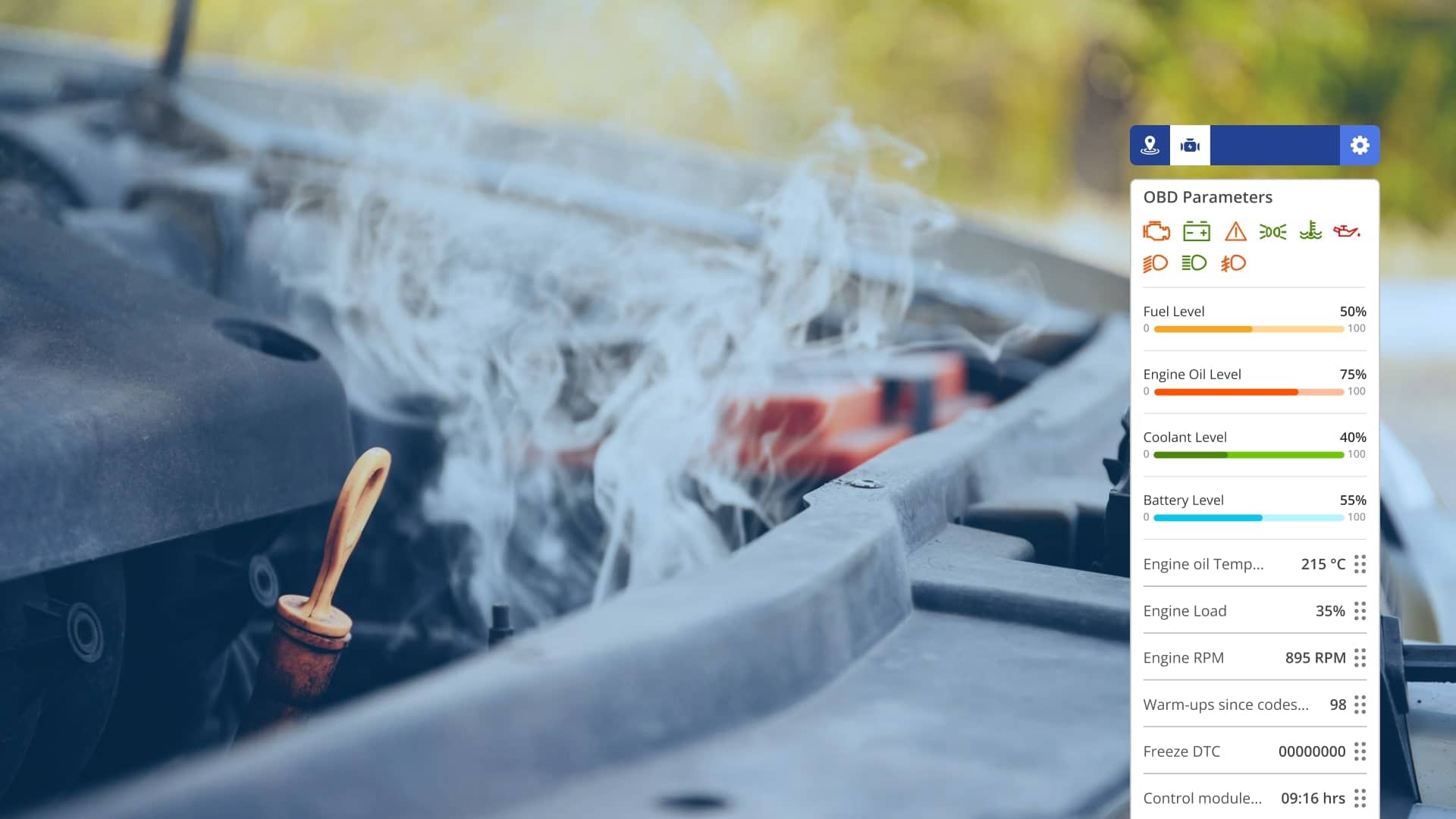Introduction
The coolant temperature of an engine is one of the most important factors that affect its performance & lifespan. In this blog, we will delve into what coolant temperature is, how it works, and the importance of maintaining it. We will also discuss coolant temperature sensors and software essential in monitoring and regulating engine temperature.
What is Coolant Temperature?
Coolant temperature refers to the temperature of the coolant that circulates through the engine’s cooling system to maintain the engine’s temperature. Coolant is a mixture of water and antifreeze that is essential for transferring heat away from the engine’s hot metal parts. There are a variety of coolant temperatures according to engine type and the conditions it operates under.
How Does Coolant Temperature Work?
It is an important factor in the proper functioning of an internal combustion engine, which is the type of engine mostly used in automobiles. Coolant is a liquid that circulates through the engine and absorbs heat from the various components. These are the components such as the engine block, cylinder head & exhaust manifold.
The coolant absorbs heat, and the radiator, designed to release heat into the surrounding air, then dissipates it.
The coolant temperature is monitored by a sensor located in the engine block or cylinder head. This sensor measures the temperature of the coolant as it flows through the engine and sends this information to the engine control module (ECM) or powertrain control module (PCM), which is the computer that controls the engine’s operation.
What does the Coolant Temperature Sensor mean?
A temperature sensor is a device that is mostly used to monitor the engine’s it and provides feedback to the engine control unit (ECU). This regulates the engine’s temperature. The sensor works by measuring the resistance of a thermistor, which changes with temperature. As the engine’s temperature rises due to constant driving, the resistance of the thermistor decreases, and the sensor sends a signal to the ECU, which adjusts the fuel mixture and other parameters to maintain the particular engine temperature.
The ECM or PCM uses this information to adjust the engine’s operation, such as the timing of the ignition and the amount of fuel delivered to the engine. For example, if the temperature is too low from the ideal range, the engine may run too high. This means it will burn too much fuel and produce excess emissions. If the temperature is too high, the engine may run too lean. This means it will burn too much fuel and may overheat or experience damage to its components.
In addition to monitoring the coolant temperature, the engine’s cooling system includes different types of components designed to regulate the temperature of the coolant. These components might include a thermostat. It regulates the flow of coolant between the engine & the radiator based on the temperature, and a water pump. Then it circulates the coolant through the engine and radiator.
Types of coolant sensors used in modern vehicles
Thermistor Sensor: This type of sensor uses a thermistor, which is a type of resistor that changes its resistance with changes in temperature. As the coolant temperature changes, the resistance of the thermistor changes, which is used to calculate the temperature.
Thermocouple Sensor: This type of sensor employs two wires made of different metals joined together at one end. When temperature changes occur, the sensor generates a voltage between the two wires, and this voltage is used to calculate the temperature.
Resistance Temperature Detector (RTD) Sensor: This type of sensor uses a wire made of a material that can change its resistance with changes in temperature. As the temperature changes, the resistance of the wire changes, which calculates the temperature.
Hall Effect Sensor: This type of sensor uses a magnetic field to measure the temperature. As the temperature changes, the magnetic field also changes, which calculates the temperature.
The type of coolant sensor used in a vehicle depends on the make and model of the vehicle and the specific requirements of that engine’s cooling system.
Importance of Maintaining Coolant Temperature
Maintaining the correct coolant temperature is crucial to ensuring the engine operates efficiently and safely. If the engine runs too hot or too cold, it can cause damage to the engine and also reduce its lifespan. Overheating can cause the engine to seize or warp while running too cold can lead to increased emissions and decreased fuel efficiency. Therefore, it is essential to maintain the engine’s optimal temperature range to ensure it operates at peak performance and longevity.
Hence, temperature monitoring is an important factor in the proper functioning of an internal combustion engine. It accurately monitors and regulates the engine’s control system & cooling system components.
Coolant Temperature Maintaining Software
Coolant temperature maintenance software is an essential component of modern engine control systems. Our software is compatible with all types of coolant temperature sensors. Our software receives input from various sensors, including the temperature sensor. It adjusts the engine’s parameters to maintain the optimal temperature range. The software can adjust the fuel mixture, ignition timing, and other engine parameters. This ensures the engine operates within its desired temperature range.
Conclusion
Coolant temperature is a critical factor in the proper functioning of an engine. Maintaining the correct temperature range is essential to ensure the engine operates efficiently and safely. The coolant temperature sensor & maintenance software are the most important components in monitoring and also regulating engine temperature. Regular maintenance of the cooling system and ensuring proper coolant levels are essential to maintain optimal engine temperature. By understanding coolant temperature and how it works, you can ensure your engine operates at peak performance and longevity.



